View all Standards for North Carolina Essential Standards 2010
B.CU.2.1 Illustrate appropriate theatre etiquette as a member of an audience, as a performer, and as a technician.
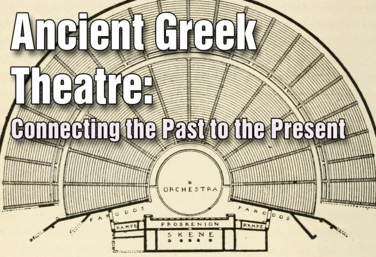
Ancient Greek Theatre
by Lindsay Price
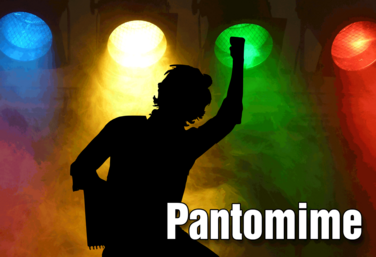
Pantomime
by Angel Borths

Part of the Drama One Curriculum
What is Theatre?
by Karen Loftus
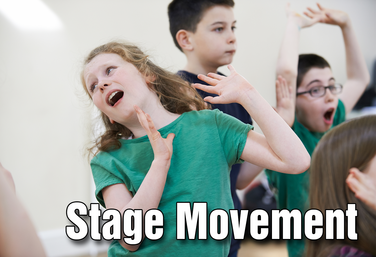
Part of the Drama One Curriculum
Stage Movement
by Karen Loftus

Part of the Drama One Curriculum
Pantomime
by Karen Loftus
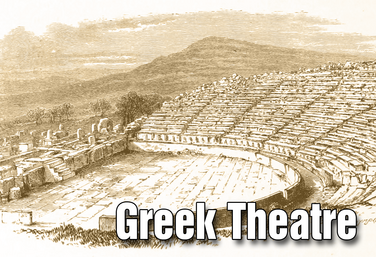
Part of the Drama One Curriculum
Ancient Greek Theatre
by Karen Loftus
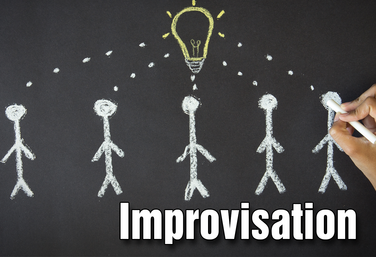
Part of the Drama One Curriculum
Improvisation
by Karen Loftus
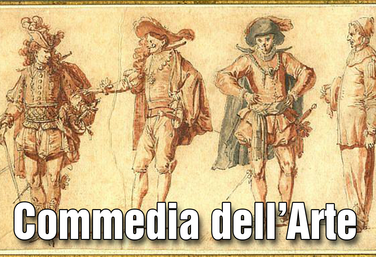
Part of the Drama One Curriculum
Commedia Dell'Arte
by Karen Loftus
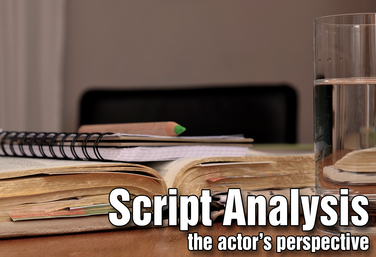
Part of the Drama One Curriculum
Script Analysis: The Actor's Perspective
by Karen Loftus
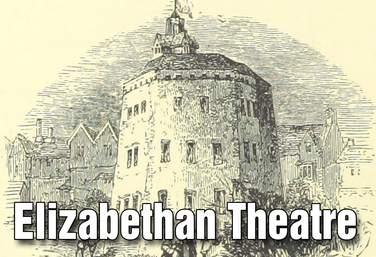
Part of the Drama One Curriculum
Elizabethan Theatre
by Karen Loftus
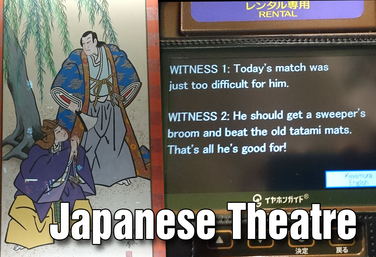
Part of the Drama One Curriculum
Japanese Theatre
by Karen Loftus
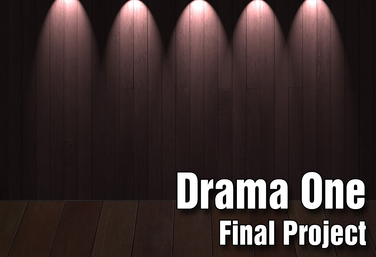
Part of the Drama One Curriculum
Drama One Final Project
by Karen Loftus
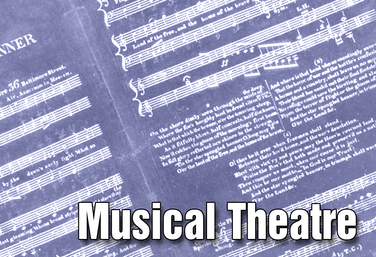
Musical Theatre
by Anna Porter
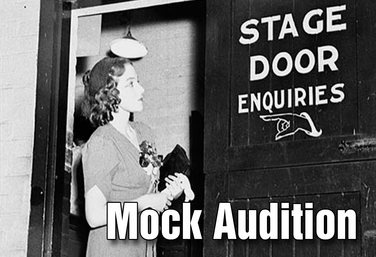
Mock Audition
by Lindsay Price
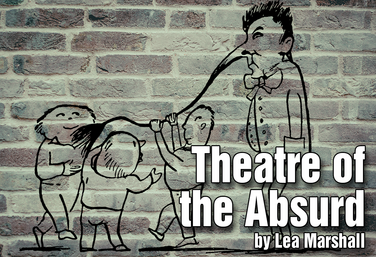
Theatre of the Absurd
by Lea Marshall
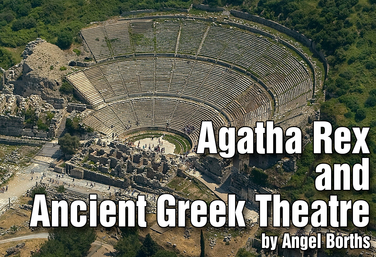
Agatha Rex and Ancient Greek Theatre
by Angel Borths
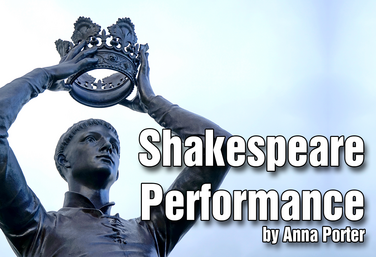
Shakespeare Performance
by Anna Porter
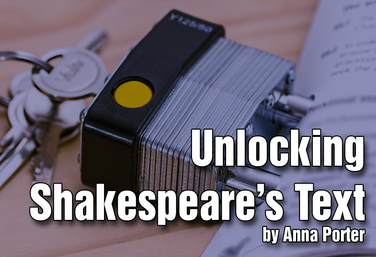
Unlocking Shakespeare's Text
by Anna Porter
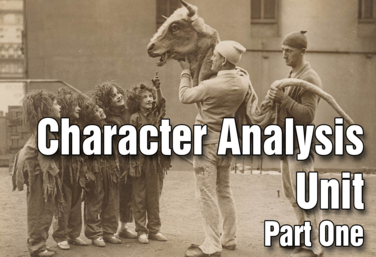
Part of the Drama Two Curriculum
Character Analysis - Part 1
by Matt Webster
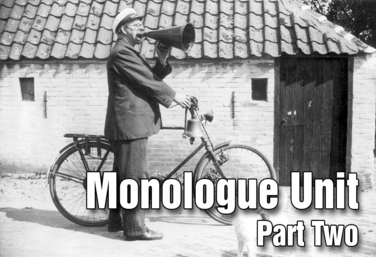
Part of the Drama Two Curriculum
Monologues - Part 2
by Matt Webster
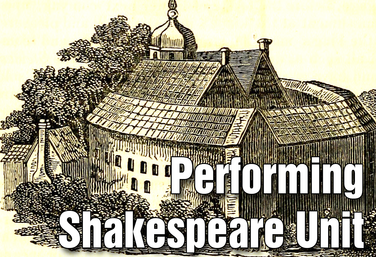
Part of the Drama Two Curriculum
Performing Shakespeare
by Matt Webster
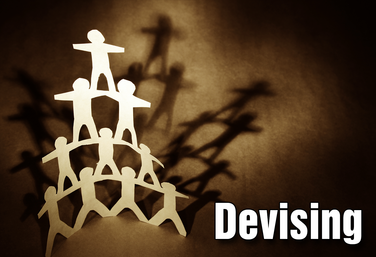
Part of the Drama Two Curriculum
Devising
by Corinna Rezzelle
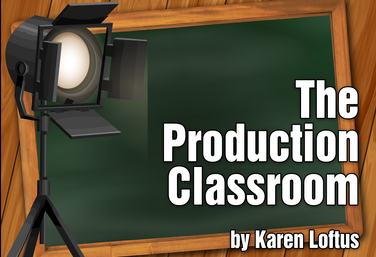
Part of the Production Classroom Units Curriculum
Production Classroom Units Overview
by Karen Loftus

Part of the Production Classroom Units Curriculum
Part One - Pre-Production
by Karen Loftus

Part of the Production Classroom Units Curriculum
Part Two - Rehearsal and Performance
by Karen Loftus

Part of the Production Classroom Units Curriculum
Part Two - Documents
by Karen Loftus

Part of the Production Classroom Units Curriculum
Part Three - Reflection and Assessment
by Karen Loftus
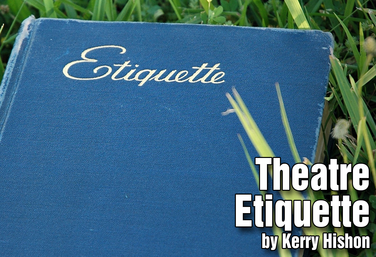
Theatre Etiquette
by Kerry Hishon

East Meets West: Theatre Traditions
by Marsha Walner
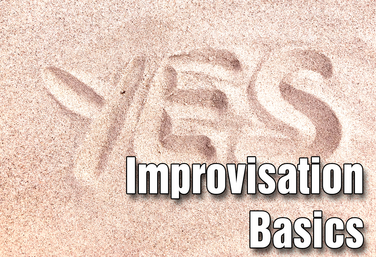
Part of the Middle School Curriculum
Unit Two: Improvisation Basics
by Lindsay Johnson
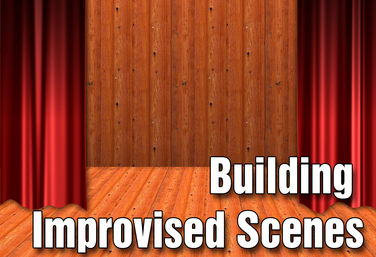
Part of the Middle School Curriculum
Unit Three: Building Improvised Scenes
by Lindsay Johnson
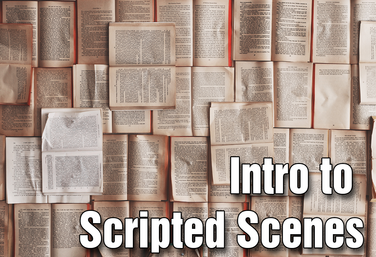
Part of the Middle School Curriculum
Unit Four: Intro to Scripted Scenes
by Lindsay Johnson
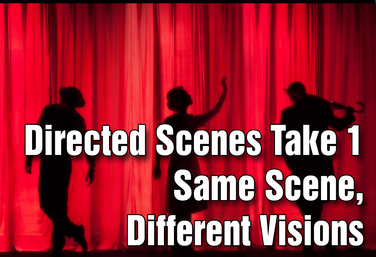
Part of the Middle School Curriculum
Unit Six: Directed Scenes Take 1: Same Scene, Different Visions
by Lindsay Johnson
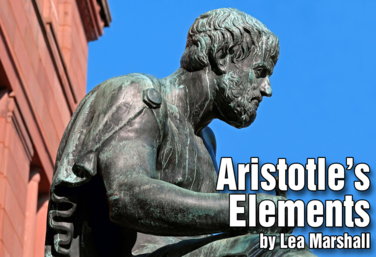
Aristotle's Elements
by Lea Marshall
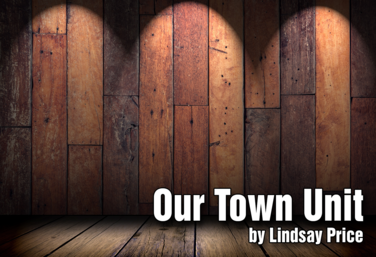
Our Town Unit
by Lindsay Price

Part of the Distance Learning Curriculum
What is Theatre?
by Lindsay Price and Karen Loftus
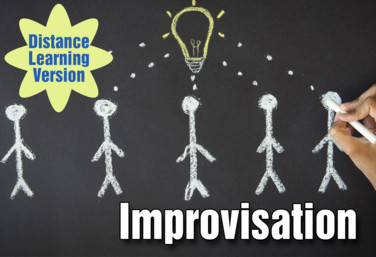
Part of the Distance Learning Curriculum
Improvisation
by Lindsay Price and Karen Loftus

Part of the Distance Learning Curriculum
Pantomime
by Lindsay Price and Karen Loftus

Part of the Distance Learning Curriculum
Mock Audition
by Lindsay Price
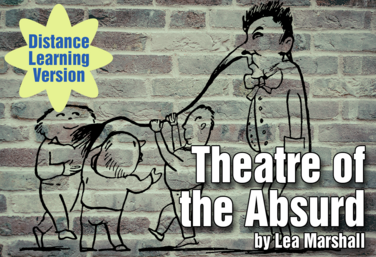.png)
Part of the Distance Learning Curriculum
Theatre of the Absurd
by Lea Marshall
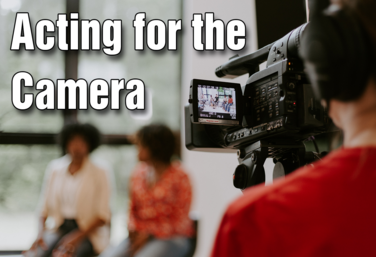
Acting for the Camera
by Ruthie Tutterow
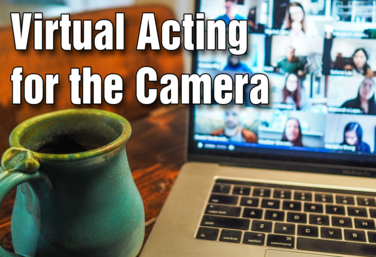
Virtual Acting for the Camera
by Ruthie Tutterow
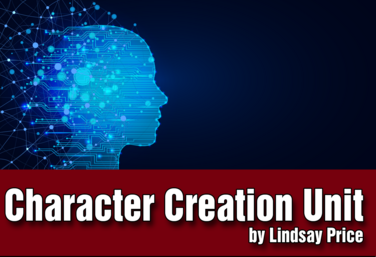
Character Creation: Superhero Series: Multi platform
by Lindsay Price and Kerry Hishon
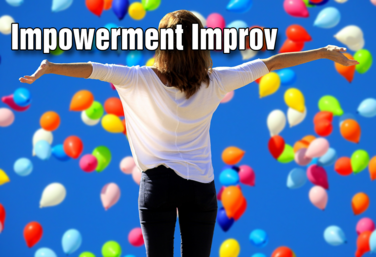
Impowerment Improv
by Jennine Profeta
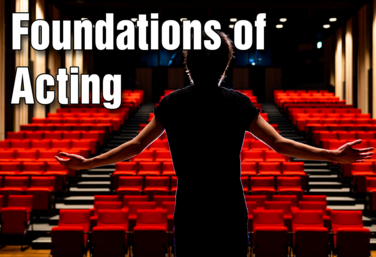
Foundations of Acting
by Annie Dragoo

The Dilemma Project
by Claire Broome
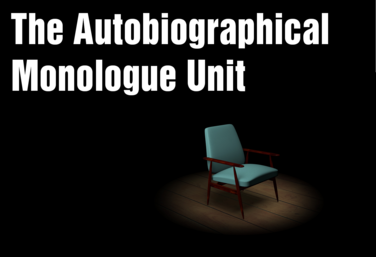
The Autobiographical Monologue
by Gai Jones
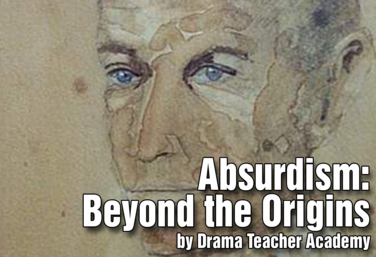
Absurdism: Beyond the Origins
by Drama Teacher Academy

Spoken Word Poetry
by Quincy Young
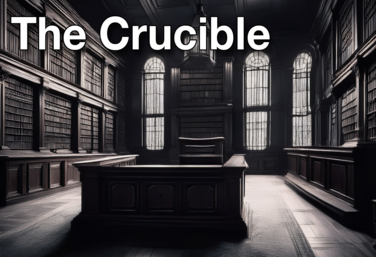
The Crucible Unit
by Lindsay Price
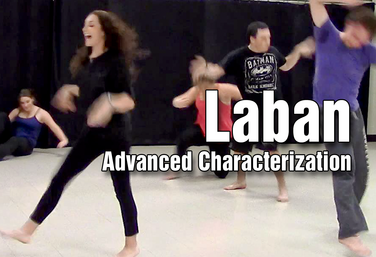
Laban: Advanced Characterization
by Todd Espeland
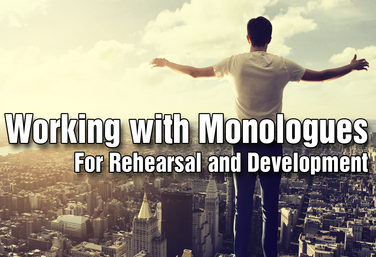
Working With Monologues For Rehearsal And Development
by Gai Jones
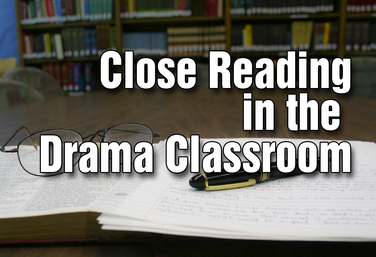
Close Reading in the Drama Classroom
by Lindsay Price

The Production Classroom
by Karen Loftus
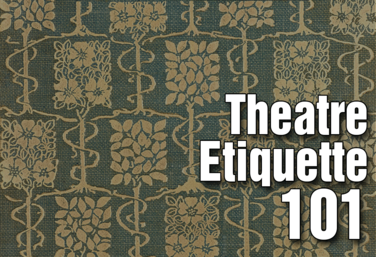
Theatre Etiquette 101
by Kerry Hishon
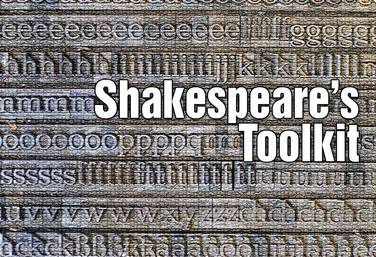.png)
Shakespeare's Toolkit
by Todd Espeland
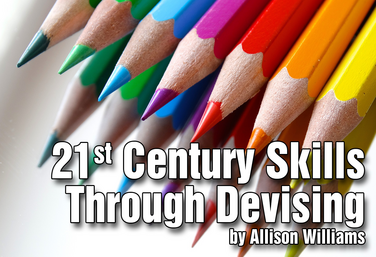
21st Century Skills Through Devising
by Allison Williams
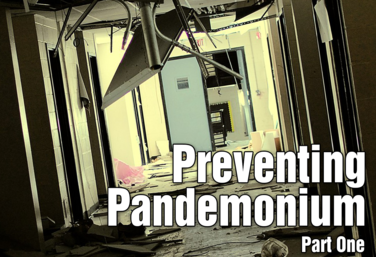
Preventing Pandemonium: Part 1
by Maria Smith
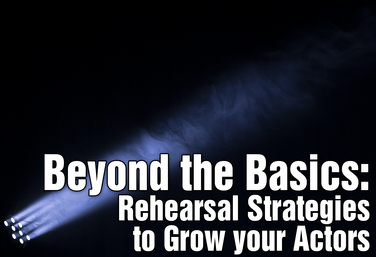
Beyond the Basics: Rehearsal Strategies to Grow Your Actors
by Julie Hartley
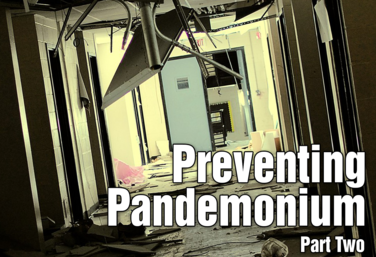
Preventing Pandemonium: Part 2
by Maria Smith
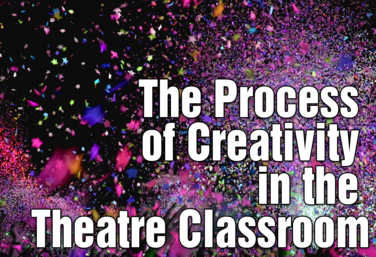
The Process of Creativity in the Theatre Classroom
by Gai Jones
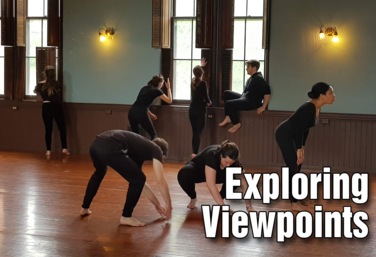
Exploring Viewpoints
by Erin Carr

The Dilemma Project
by Claire Broome
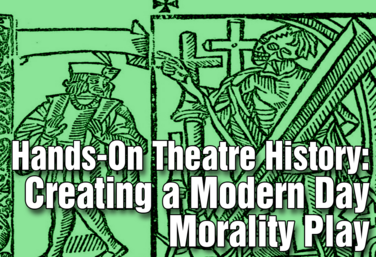
Hands-On Theatre History: Creating a Modern Day Morality Play
by Wendy-Marie Martin
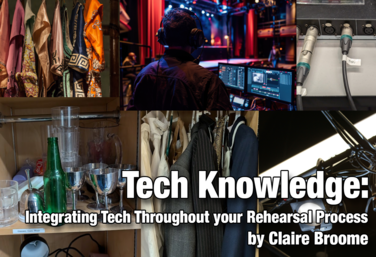
Tech Knowledge: Integrating Tech Throughout Your Rehearsal Process
by Claire Broome
View all Standards for North Carolina Essential Standards 2010 Standards Master List